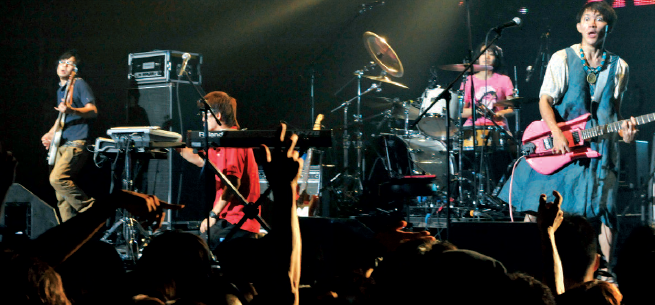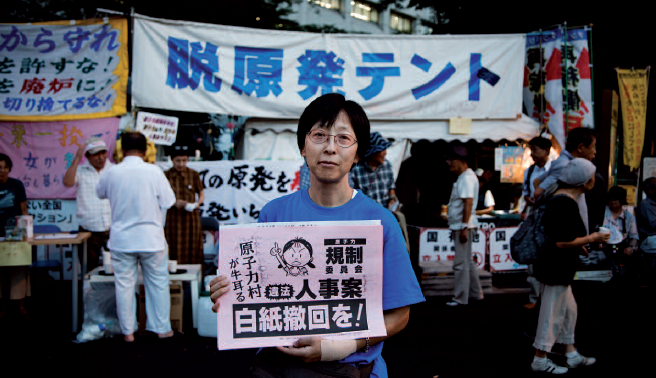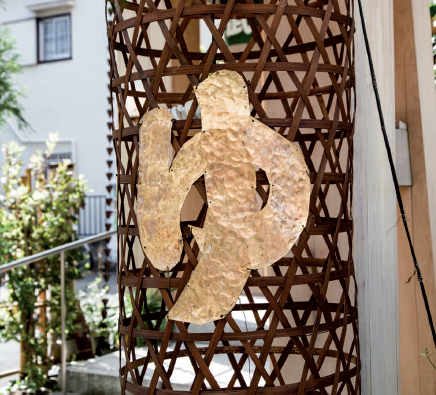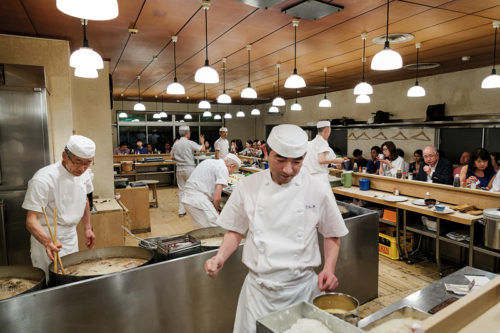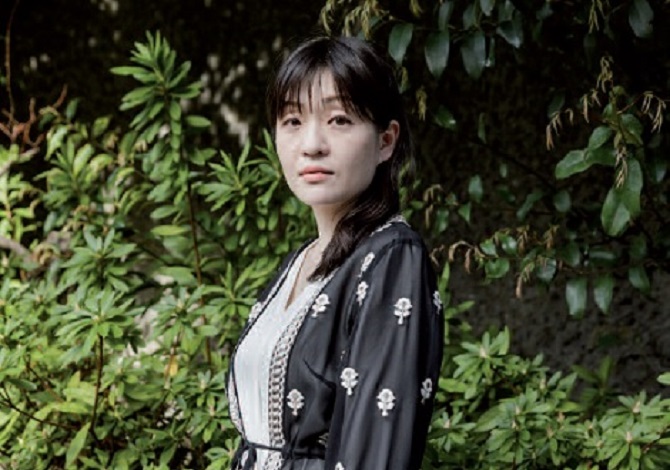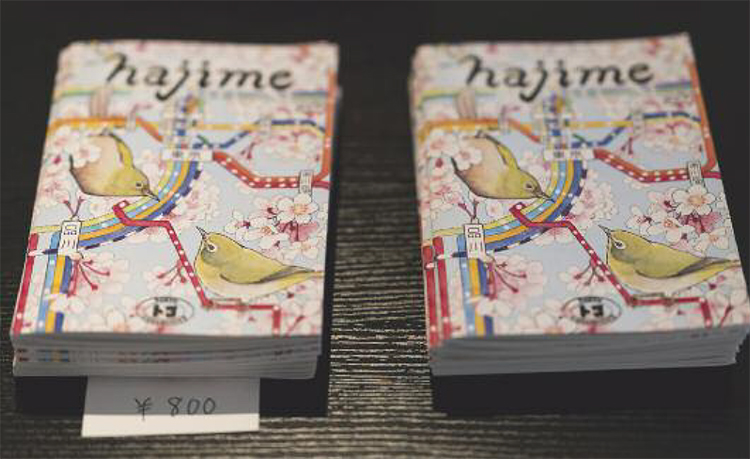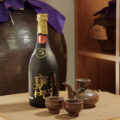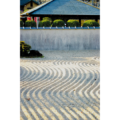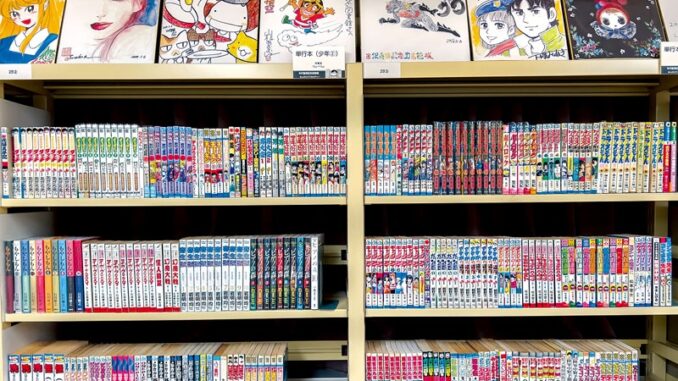
Over the past two decades, dozens of museums dedicated to manga have opened their doors.
Manga’s and anime’s presence in Japanese culture is so prevalent that most people all too often take them for granted and only see them as part of something else, be it art, education (e.g. history taught through manga) or tourism (to promote a certain region). Thanks to their high level of recognition and acceptance, their services are often required by politicians (to explain their agendas) and companies (to convince consumers to buy their products).
But what is manga, really? And what separates it from other creative endeavours? For those who want to know more about their history and have a better understanding of their peculiarities and inner workings, manga museums offer a unique experience, which at its best is able to engage both your senses and your intellect.
Considering manga and anime are such important features of Japanese popular culture, it’s somewhat surprising that most museums dedicated to them have opened only in the last 20 years. For a long time, even in Japan, comic art was considered a rather lowbrow form of entertainment, which didn’t deserve a serious, academic approach. Indeed, even today, most comic magazines and books usually end up in the bin as soon as we finish reading them. Luckily there are places now where these publications (particularly rare and historically important titles, but even bestsellers and works connected to a certain city or prefecture) are collected, preserved, studied and displayed to the public together with original art, manuscripts and other materials related to their production. Some places even go so far as to collect such character- and story-related materials as figures, badges and the kind of merchandise that features manga characters (t-shirts, erasers, pencil cases, etc.).
While manga museums are a relatively recent phenomenon, they have rapidly popped up all over the country. In fact there are now about 70 manga museums in Japan. Many of them were opened by local authorities and are devoted to a particular author – in order to both celebrate their art and attract more tourists to that particular region. Kochi Prefecture, for instance, is definitely off the beaten track, but in the last 15-20 years many manga fans have travelled all the way to the island of Shikoku where it is located to visit a couple of museums respectively devoted to the creator of Anpanman (Yanase Takashi) and Fukuchan (Yokoyama Ryuichi).
Both manga publishers and local authorities have quickly understood the role that manga museums – together with real-life manga and anime locations – can play in bringing new life to areas suffering from depopulation. In 2016, for instance, publisher Kadokawa alongside key members of Japan’s travel and otaku industry got together to form the Anime Tourism Association. In order to encourage anime- and manga-related tourism, the association has periodically put together an ever-evolving list of 88 “pilgrimage sites” (both locations and museums) to visit, based on online voting. This new breed of tourists has become a precious source of income for these places. Indeed, it’s been estimated that more than one million people visit them each year.
In this special issue you’ll find information on many manga museums across Japan. Just remember that otaku-themed exhibitions are by no means limited to the institutions covered here. Every year, several mainstream museums and galleries (e.g. the Mori Arts Centre Gallery and the Museum of Contemporary Art in Tokyo, the Kawasaki City Museum, etc.) attract thousands of people, especially – but not only – during the spring and summer school holidays. All these exhibitions are regularly listed online.
Gianni Simone
To learn more on the subject, check out our other articles :
N°137 [KYOTO] KIMM: a textbook case
N°137 [KITAKYUSHU] Showcasing local creativity
N°137 [ENCOUNTER] A heritage to protect
Follow us !

